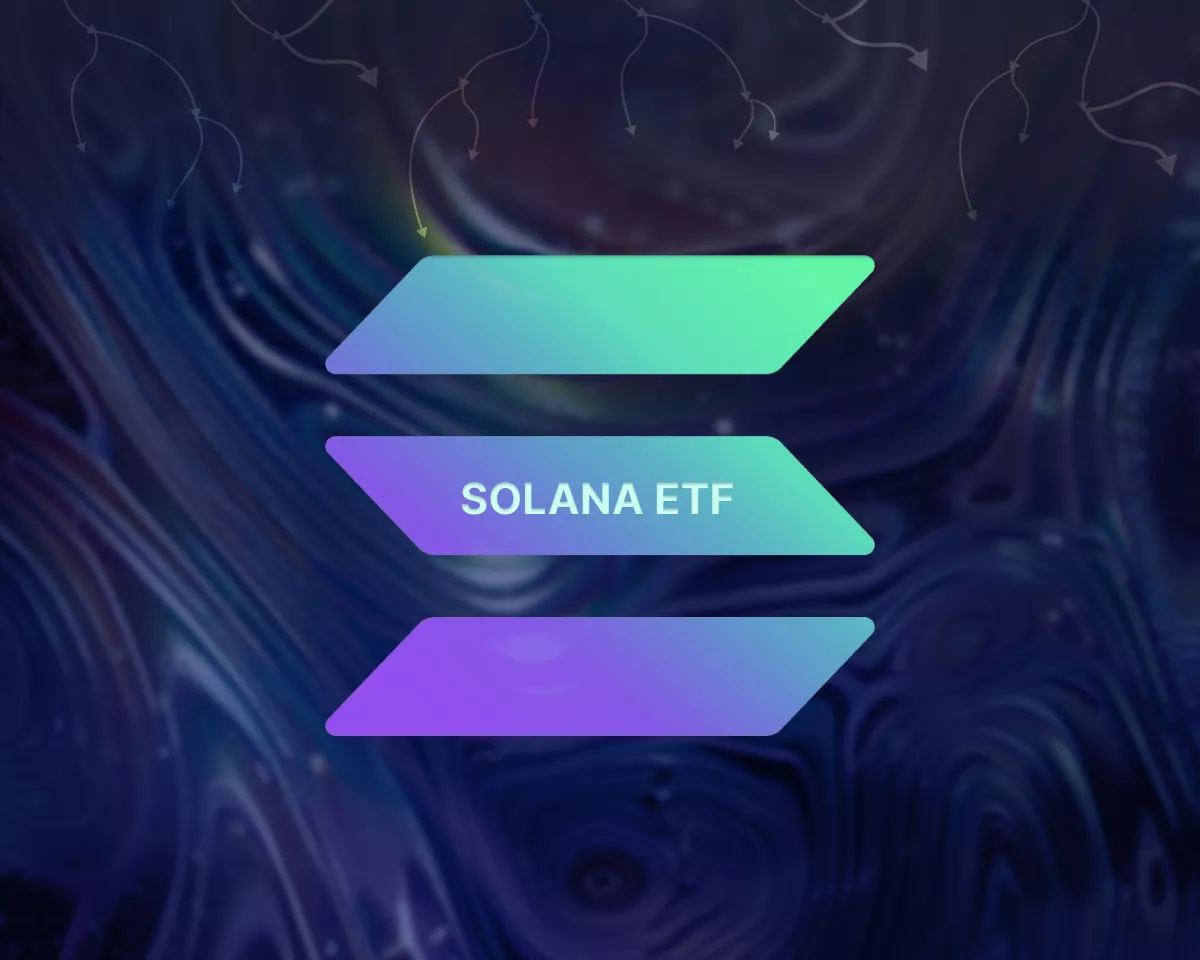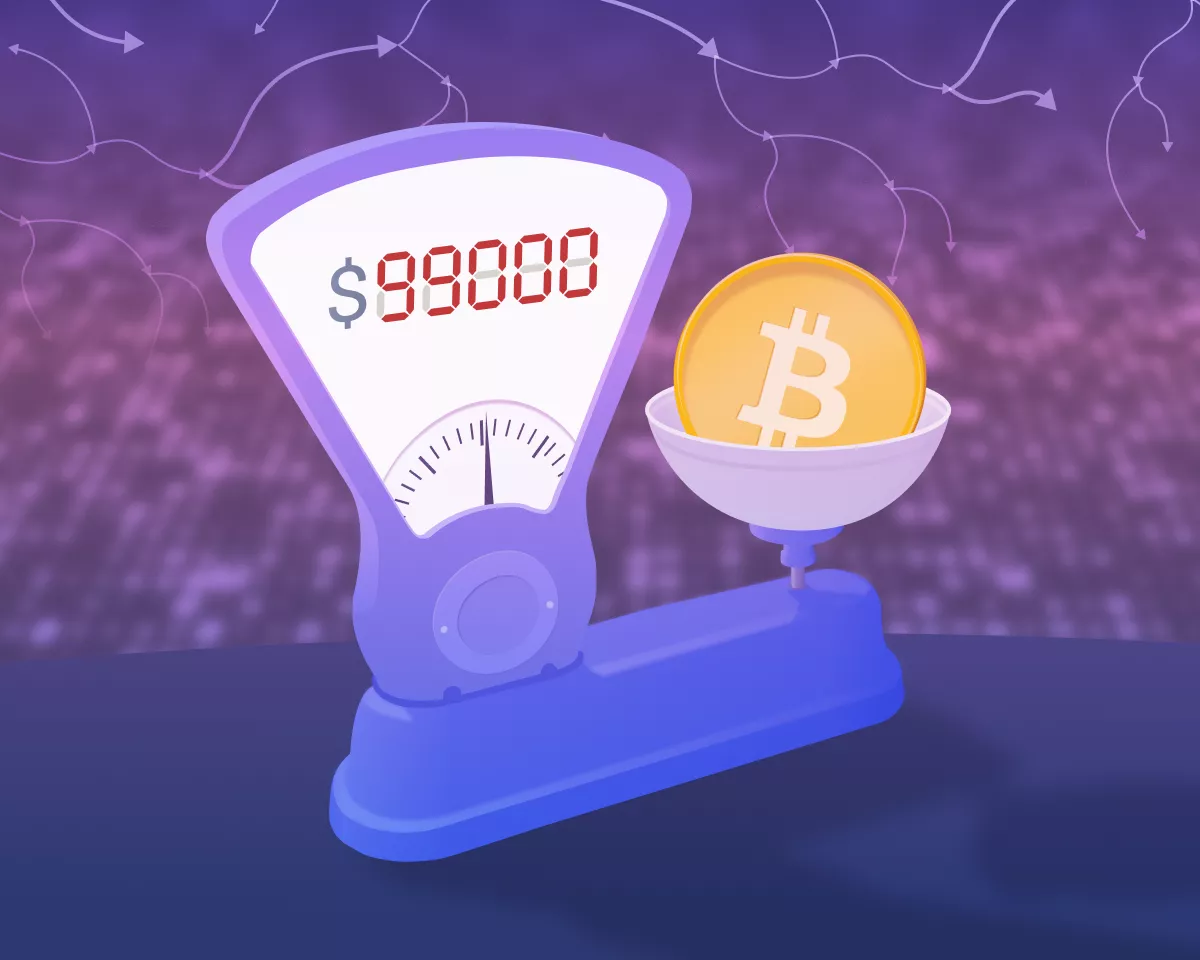Summary MicroStrategy's market cap far exceeds its net asset value, making it less attractive for Bitcoin exposure compared to direct Bitcoin investments or ETFs. Bull arguments for MicroStrategy include its value through trading, benefits to traders, and outperforming Bitcoin, but these advantages are diminishing. The company's strategy of issuing securities to buy Bitcoin isn't necessarily accretive to investors buying today. Seasonality data suggests December is weak for MicroStrategy, reinforcing the preference for direct Bitcoin investments over MicroStrategy shares. MicroStrategy Incorporated ( MSTR ) options are the 3rd most traded in the world right now. It is all Fintwit seems to talk about. Not to mention it has announced an astounding $42 billion plan to raise capital . I see a lot of back-and-forths on whether MicroStrategy is worth $102 billion (current market cap) or whether it is not. MicroStrategy's strategy and popularity are very bullish for Bitcoin, but I ultimately prefer to get exposure outside of it. Of the many bull arguments put forward, I group them roughly into three categories: MicroStrategy is worth a multiple of net asset value because it adds value through trading. MicroStrategy is worth a multiple of net asset value because it adds value to traders. MicroStrategy is worth a premium to net asset value because it goes up more than Bitcoin. The bear argument is essentially simple: MicroStrategy's value should be based on Bitcoin. MicroStrategy's market price vastly exceeds the value of its Bitcoin holdings. MicroStrategy also owns a software operating company, but it is not very significant when compared to its current market cap. The current share price is $397 per share. The cash flow from operations hasn't really exceeded $1 by much since 2000. If anything it is declining. This simplifies things a bit because we can essentially disregard it at this market cap. Data by YCharts MicroStrategy is worth a multiple of net asset value because it adds value to traders. Now, let's look at the idea that MicroStrategy adds value to traders. This is true. There are advantages for traders when dealing with MicroStrategy compared to trading some other Bitcoin-related securities. MicroStrategy is classified as a corporation and there are traders whose mandates do not allow them to invest in funds holding Bitcoin. MicroStrategy is a company, and options are available in the Tradfi systems. MicroStrategy also has a history of tapping leverage to invest in Bitcoin. This provides non-recourse leverage to traders. For a long time, MicroStrategy could also be bought on margin much more efficiently than the only available U.S. fund (at the time) which was the Grayscale Bitcoin Trust ETF ETF ( GBTC ). Increasingly, these advantages are disappearing. The latest advantage that MicroStrategy lost is available options through the iShares Bitcoin Trust ETF ( IBIT ) ETF. The way I look at it, this increased the demand for MicroStrategy shares. For many market participants, it was rational enough to own MicroStrategy at a bit of a premium to the actual net asset value of its holdings. MicroStrategy is worth a multiple of net asset value because it adds value through trading I often see a version of the argument that MicroStrategy is adding value through trading Bitcoin. It doesn't trade Bitcoin in the short term. It actually clearly communicates to the market it buys Bitcoin and holds it for the long term and issues securities to finance and refinance these acquisitions/holdings. This idea is often described as MicroStrategy being a bank, investment bank or that it creates value through tapping financial markets. There's some evidence to point to. MicroStrategy has outperformed Bitcoin over the past 5 years: Data by YCharts Earlier this year and throughout most of the previous five years that wasn't the case, though. A lot of it is related to MicroStrategy suddenly getting assigned a much higher multiple: Data by YCharts Book value doesn't accurately reflect Bitcoin's value, but the company likely holds something around 340k Bitcoin. With Bitcoin at around $100k that translates into $34 billion worth of Bitcoin. Against that, the company has around $7 billion worth of debt which puts an approximate net asset value at something like $27 billion. We have a bit of a hindsight problem when looking at whether MicroStrategy trades crypto well. At this point, Bitcoin has been a tremendous financial success story. If you look at your buying history of something that's been very successful it likely looks pretty good. From MicroStrategy's own most recent earning call: As of September 30, 2024, the market value of our Bitcoin holdings was $16 billion at an aggregate cost of $9.9 billion, and an average purchase price of $39,000. MicroStrategy started buying on 8/11/2020 or very close to 4 years ago. On average, it made ~2.5x on the investments (if I exclude the Bitcoin that was likely purchased post-quarter end). Over the same period, Bitcoin is up 504% and MicroStrategy 1970%. Data by YCharts Strangely the company has a slide in its earnings presentation deck where it prides itself on the performance of the MSTR convertible bonds. They also draw attention to it on the call: MSTR convertible bond returns ( MicroStrategy earnings presentation) I guess this is to entice convertible bond buyers. But this "winning" comes out of the pocket of equity holders. You're paying a lot of money for leverage if your convertible bonds are performing well. I don't think it is a great track record of tapping the capital markets. At the same time, it would have been hard to predict MicroStrategy's outperformance of Bitcoin. The company has developed trading goals for itself. It uses a convoluted metric it calls BTC yield. Basically, it wants to increase the ratio of its Bitcoin holdings to shares outstanding by 6-10% per year. That essentially means the company would increase by 6-10% in value per year if the net-asset-value metric remained the same and the Bitcoin price didn't move. It is a metric that attempts to isolate the value created by navigating capital markets well. BTC yield ( MicroStrategy ) This target is very easy to hit if you can issue stock at 3x net asset value. It makes me very hesitant to buy MicroStrategy at multiples of net asset value. If you buy at 1x net asset value this strategy aligns you well with management but if you buy above, it is a license to dilute you into oblivion. I don't think these are good comps, but for the sake of argument JPMorgan Chase & Co. ( JPM ) is generally considered a very successful bank, and it trades at 2.13x book value. The sector median is 2.13x. A trader like Virtu Financial, Inc. ( VIRT ) trades at ~2.4x book value and Flow Traders ( FLTLF ) trades at 1.48x book value. These are high-frequency traders though that eke out consistent profits. They achieve returns on assets well above 6-10% with little market risk. MicroStrategy is worth a premium to net asset value because it goes up more than Bitcoin. One particular interesting but ultimately wrong way to justify a MicroStrategy investment is by bringing up the reflexivity theory by Soros. He explained this idea in the "Alchemy of Finance" and later in the FT as follows: I can state the core idea in two relatively simple propositions. One is that in situations that have thinking participants, the participants’ view of the world is always partial and distorted. That is the principle of fallibility. The other is that these distorted views can influence the situation to which they relate because false views lead to inappropriate actions. That is the principle of reflexivity. For instance, treating drug addicts as criminals creates criminal behavior. It misconstrues the problem and interferes with the proper treatment of addicts. As another example, declaring that the government is bad tends to make for a bad government. A practical example, that translates quite well to this MicroStrategy situation is that of REITs. Soros put the example of real estate investment trusts or REITs in the 70s forward to illustrate his theory in practice. REITs are asset-based companies. Over the long term, their value is closely related to the value of the value of the net assets owned by the REIT. Some factors influence whether a REIT should trade at a discount or premium but there is a strong relationship. In the 70s, REITs got all the rage, and they generally went up. This led to increased attention and capital inflows. With REIT valuations getting pushed up managements started to issue equity at market prices. They then turned around and acquired more properties. Running a bigger company is cool and it justifies higher pay. It also makes a lot of sense to issue shares at 1.2x net asset value and use the proceeds to buy property at 1x. As long as your share price holds up this creates value out of thin air. If the multiples you get awarded continue to go up, you're creating more and more "value". This started to drive property prices and when sentiment ultimately turned, the real estate market collapsed. In these situations, it is actually super interesting to get into the "REIT" or MicroStrategy equivalent early on. This is especially the case if you are restricted in your trading. If selling MicroStrategy isn't an option for you anyway, it makes sense to issue shares at any premium to net asset value above your cost base. It is always value accretive. It doesn't necessarily work out very well if you buy later (at that higher multiple of net asset value). You have to believe MicroStrategy will succeed in issuing significant amounts of additional securities at even higher multiples than what you're paying. Because of the principle of fallibility, the fact that this trade doesn't make much sense enables it. Discovering that it doesn't make sense isn't really a great thesis to take the opposite side. There is one reason why I don't think the reflexivity theory explains the outperformance of MicroStrategy very well or should be used as a justification to go long MicroStrategy. MicroStrategy 's underlying value is ultimately tied to Bitcoin. If it is successful, and it continues to be able to issue securities, buy Bitcoin, and so on, then Bitcoin is going to rise. You can now easily buy Bitcoin at 1x net asset value through a number of ETFs or futures or even get leverage through option markets. You can have others "fund" the MicroStrategy loop but not run the risk of the premium evaporating. Of course, you miss the potential upside of the premium increases, but because that's based on extended fallibility, I don't mind. Seasonality I also took a quick look at the seasonality data for MicroStrategy. Generally, October and November are very strong months. December tends to be really weak. There isn't that much value in this data because MicroStrategy changed a lot as a company. The sample size of monthly data points is too small to be reliable. But I've seen many very popular stocks that seem a bit weak in December (see this NVIDIA write-up ). So, I'm inclined to believe the next month is perhaps not the best time for MicroStrategy. MSTR seasonality (seekingalpha.com) To wrap things up, I think it is best to get Bitcoin exposure outside of MicroStrategy. The market cap value far exceeds the value of its net asset value. It is possible this multiple continues to expand. As long as this continues to be the case, it is likely a positive tailwind for Bitcoin. However, MicroStrategy has laid out how it will continue to issue securities to buy Bitcoin even if only marginally accretive. At the current Bitcoin per share ratios, it is highly accretive, and I'd expect aggressive fundraising. Although December isn't bad for Bitcoin (see What To Buy On A Trump Win ) it doesn't look great for MicroStrategy. Although I'm quite bullish on Bitcoin (see Why It Is A Good Time To Go Long Bitcoin ) I'd avoid MicroStrategy. The potential reflexive upside will also show up in a straight Bitcoin investment. It leaves you less exposed if the net asset value multiple decreases.




















